Everyone knows that trends are cyclical. The past can constantly be reinvented and reused as newer generations learn about them, keeping vintage designs fresh and relevant. One era of trends, the 1990s, is chock-full of nostalgic aesthetics that are being revisited by designers today. For example, music played a key influence in 90s design and fashion.
This article will examine the elements of 90s nostalgia influencing graphic design trends right now and how you can match those aesthetics for today’s audiences.
Memphis Design
Overlapping significantly with the 80s, the Memphis Design movement spilled into the early 90s. Memphis design is known as a bold style that is outlandishly gaudy. These patterns featured vivid pastel colors and layered abstract shapes as patterns.
Image from the 302 Illustrations Elements Patterns
The influence of the Memphis Design movement can be seen in many of the animated television shows that appeared on Nickelodeon in the early 90s. Aaahh!!! Real Monsters (1994), Rugrats (1991), and Rocko’s Modern Life (1993) all sport elements from Memphis Design. Even Seinfeld’s logo takes inspiration from this design trend.
Movies also didn’t shy away from this style; the cult classic Beetlejuice (1988) incorporated many telltale design signals of Memphis Design just before the 90s. However, Memphis Design originated in furniture. A group of designers held an exhibition showcasing furniture made of colorful, cheap materials parodying high-class culture. From there, the movement grew into an unstoppable influence. Many malls and hotels from this era feature shapes and design elements that drew inspiration from the geometric design of this style.
If you grew up in the late 80s and early 90s, there’s no doubt you remember being covered head-to-toe in bright neon colors and the playful patterns of the Memphis Design movement. Today, you can spot elements of this busy style in typefaces and illustration design. However, they are often much more minimalist than the design of the 90s.
Check out these amazing Memphis Design Products from the Design Cuts Marketplace and get inspired to apply this trend on your own designs.
Grunge
Not all 90s aesthetics were as bright and cheery as the corporate-mocking design ideas of Memphis – Grunge design traces its roots back to the early 90s in the Seattle music scene. Grunge grew out of the punk scene, and as such, it incorporates many notions of DIY thinking. A scruffy Kurt Cobain wearing Chuck Taylors, ripped baggy blue jeans, and a flannel T-shirt exemplifies the laid-back, working-class view of grunge design.
Image by ASphotofamily on Freepik
The music of Grunge came in response to hair metal and Glam Rock, like Kiss and Guns and Roses. In the early 90s, Nirvana, Soundgarden, Pearl Jam, and much of the record label Sub Pop catalog catapulted grungy elements across the globe. All these bands embraced being raw and unconventional, feeding the alternative scene of the 90s. Even Mariah Carey apparently made a secret grunge album in 1995.
To promote their music, Grunge musicians often utilized cheap Xerox copying machines to mass produce handmade posters. These flyers for gigs often featured unusual layouts and rough textures. Designer David Carson referenced many of these elements in the alternative rock magazine Ray Gun. These Grunge design elements went as far as to influence other bands like the early indie-rock act, Pavement. Pavement’s 1992 album Slanted and Enchanted appropriated the cover of Ferrante & Teicher’s Keyboard Kapers (1964) and crudely scrawled the album’s title and the band’s name across the cover. How’s that for DIY?
In a world overrun by minimalist and flat designs, incorporating Grunge can be a great way to make your work stand out. Consider Taylor Swift’s album Reputation (2017), which incorporates many design elements found in Grunge and other 90s alternative DIY aesthetics. Layering text and freeing up design elements can help build your Grunge design.
Check out these Grunge textures from Design Cuts and give your designs that 90’s edgy look.
Britpop/Groovival
Any discussion of 90s design wouldn’t be complete without mentioning Britpop. In fact, one of the most iconic pieces of fashion history comes out of Britpop. Geri Halliwell of the Spice Girls wore her infamous homemade Union Jack Dress at the 1997 Brit Awards. The Britpop aesthetic largely borrowed from the 1960s mod aesthetic and featured other bands like Oasis and Blur. With an emphasis on Britishness, fashion featured parkas, polo shirts, like those of Fred Perry, and bucket hats. Britpop’s aesthetics were bold and simple, contrasting the Grunge aesthetic.
Image from BritPop Fashion Editorial on Pinterest
Groovival also featured elements of the 60s mod aesthetic but with a more predominant focus on flowery psychedelic design. Franchises like Austin Powers and the band Deee-lite emphasized this look. What could be more groovy than Mike Myers and Elizabeth Hurley on the big screen?
Today, 60s throwbacks aren’t anything new, with mod designs like huge white go-go boots and chunky soles dominating fashion. Many younger Gen Zers are happy to wear colorful wavy psychedelic patterns reminiscent of a time when the Beatles were topping charts, and the British Invasion was underway. If you’re considering pursuing a career as a graphic designer, finding ways to incorporate these design elements into your work is key to success.
Anti-Design
Imagine if a bunch of people with no experience in design was given unfettered access to building websites. Well, that actually happened, and the result was 90s Anti-Design. Anti-Design arose from early web designs that were arguably the opposite of aesthetics.
Today, however, an entire subculture focused on early web designs has sprung up, focusing on early Geocities, AOL, and early internet culture. Anti-Design rejects traditional notions of aesthetics and focuses on being bold, confusing, and overstimulating.
As internet culture continues to become more ubiquitous, elements of Anti-Design can be seen in more niche internet circles, but certain elements, like ironic pixel art GIFs, can occasionally be seen in more mainstream circles.
We’ve found these two Anti Design Products: Anti Design 1 – The Chaos and Anti Design 2 – Digital Maximalism and thought you’d like to check themn out/
Y2K
At the end of the 90s, everyone was anticipating the New Millennium. You couldn’t go anywhere without hearing about the fear of the Y2K bug or seeing the influence of technology on design. In 1997, Icelandic artist, Björk, released her rave-culture-inspired album Homogenic. The sleek design of the cover and electronic sounds of the album anticipated many of the styles that would dominate the next decade. Sci-Fi was experiencing a resurgence with films like The Matrix, and everyone was looking toward the future with anticipation.
Image by Freepik
Final Thoughts
That said, 90s Y2K aesthetics live on today. Many Millennials and Gen Zers embrace the Y2K aesthetic by incorporating fashion from the era into their clothing. Futuristic design elements like bubbly text and technology-heavy design are ripe for nostalgic marketing, which leverages ideas from the past to create new concepts for today.
If you are interested in more trends that are making a comeback in design, or better even, trends that are here to stay, please check the articles below and discover 60s film fonts and 80s design resources, and going back to the roaring 20s Art Deco patterns and fonts.
More Related Articles
Best 60s and 70s Style Film Fonts
80s Style Graphics for all your Digital Designs
15 Greatest Art Deco Patterns Collections
25 Best Art Deco Fonts For All Of Your Stylish Designs
Hot Graphic Design Trends – 2021
Cover image source: Image by macrovector_official on Freepik
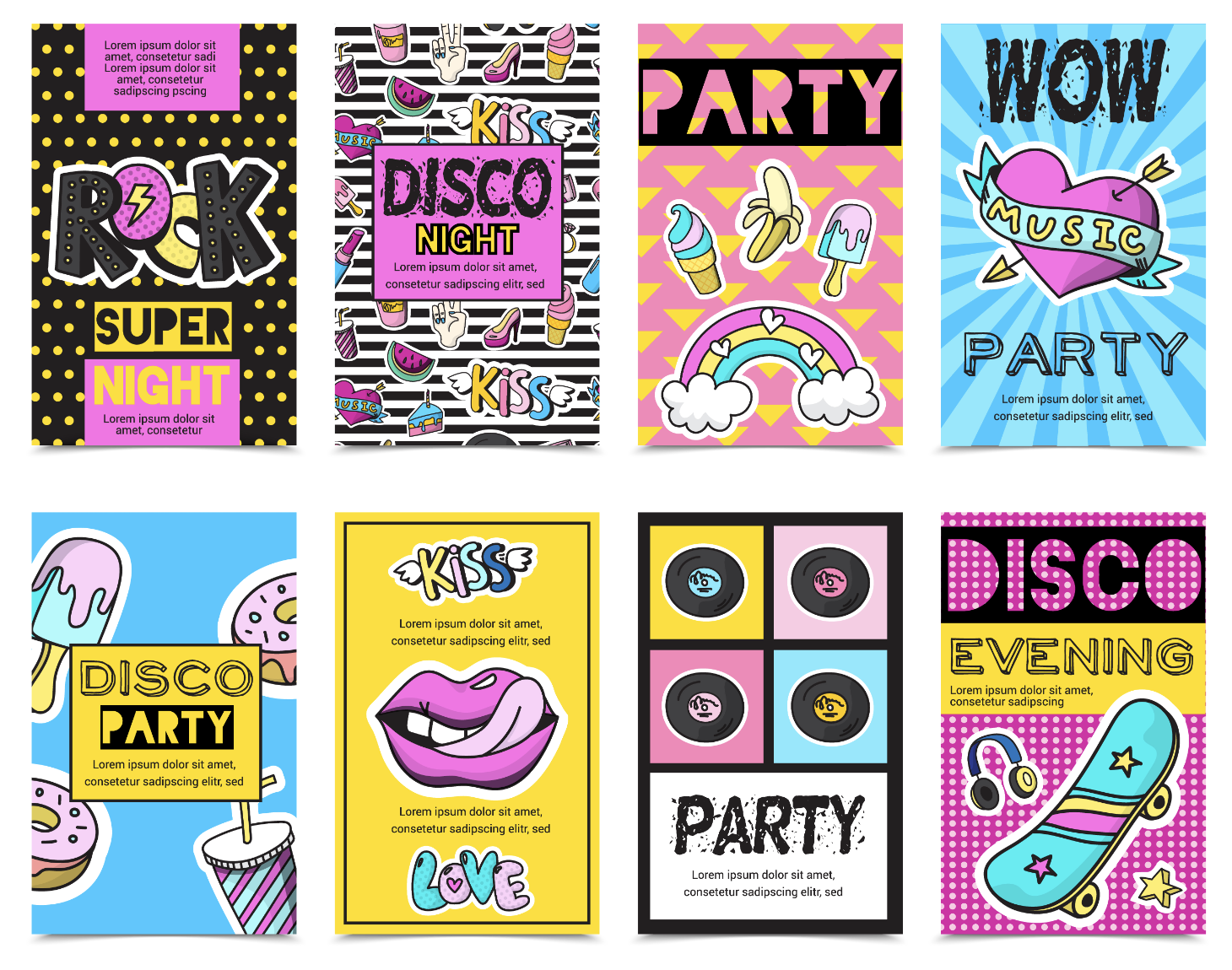
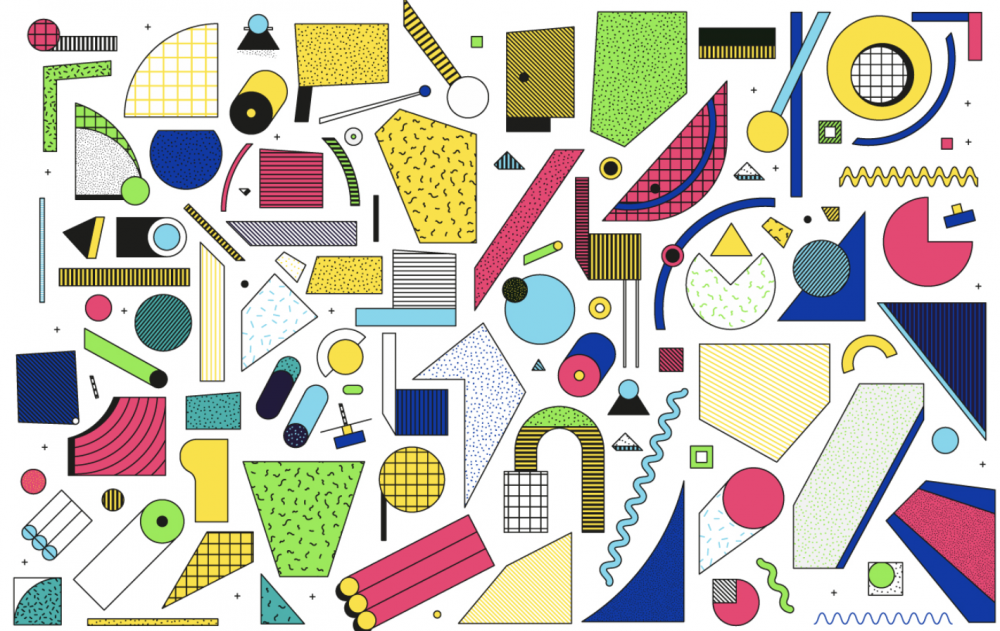


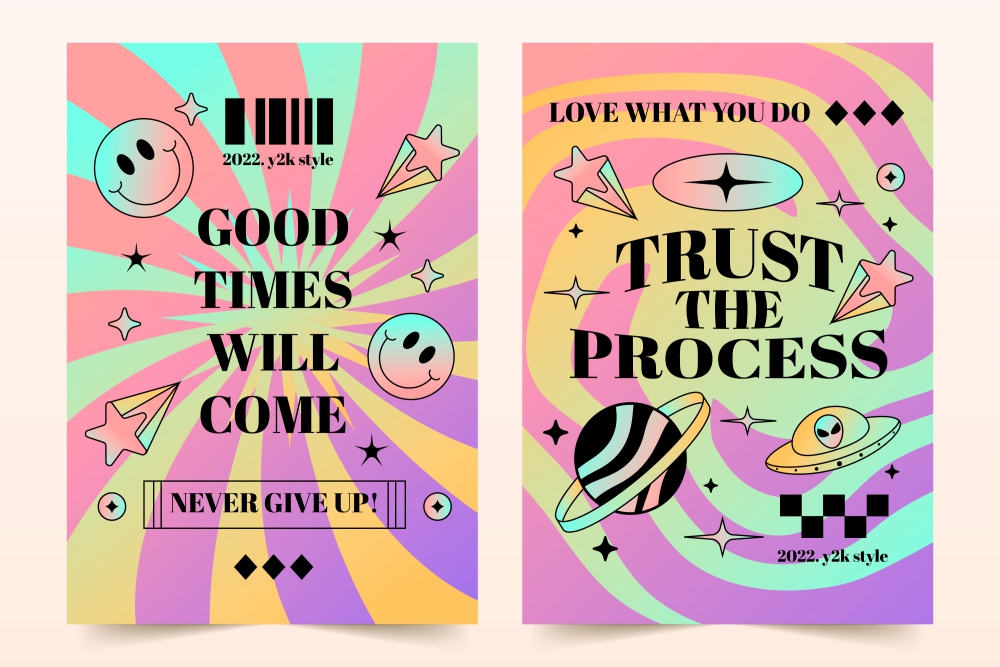
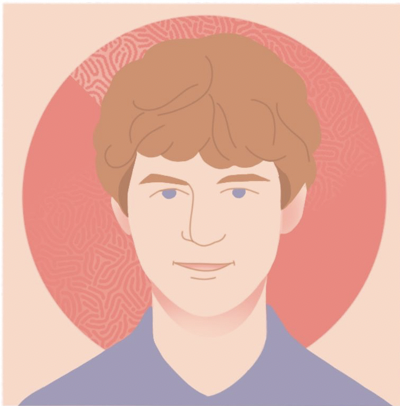
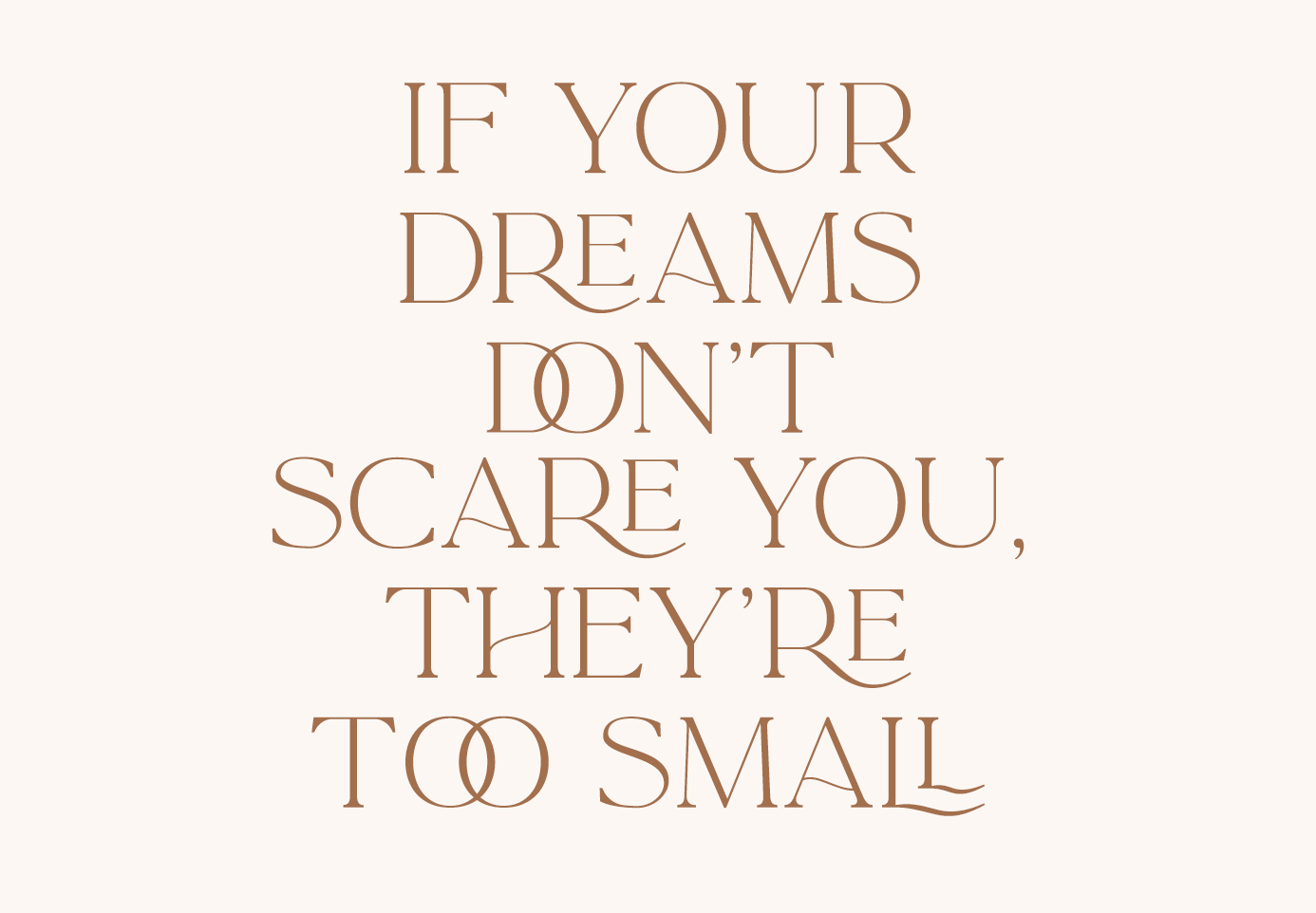
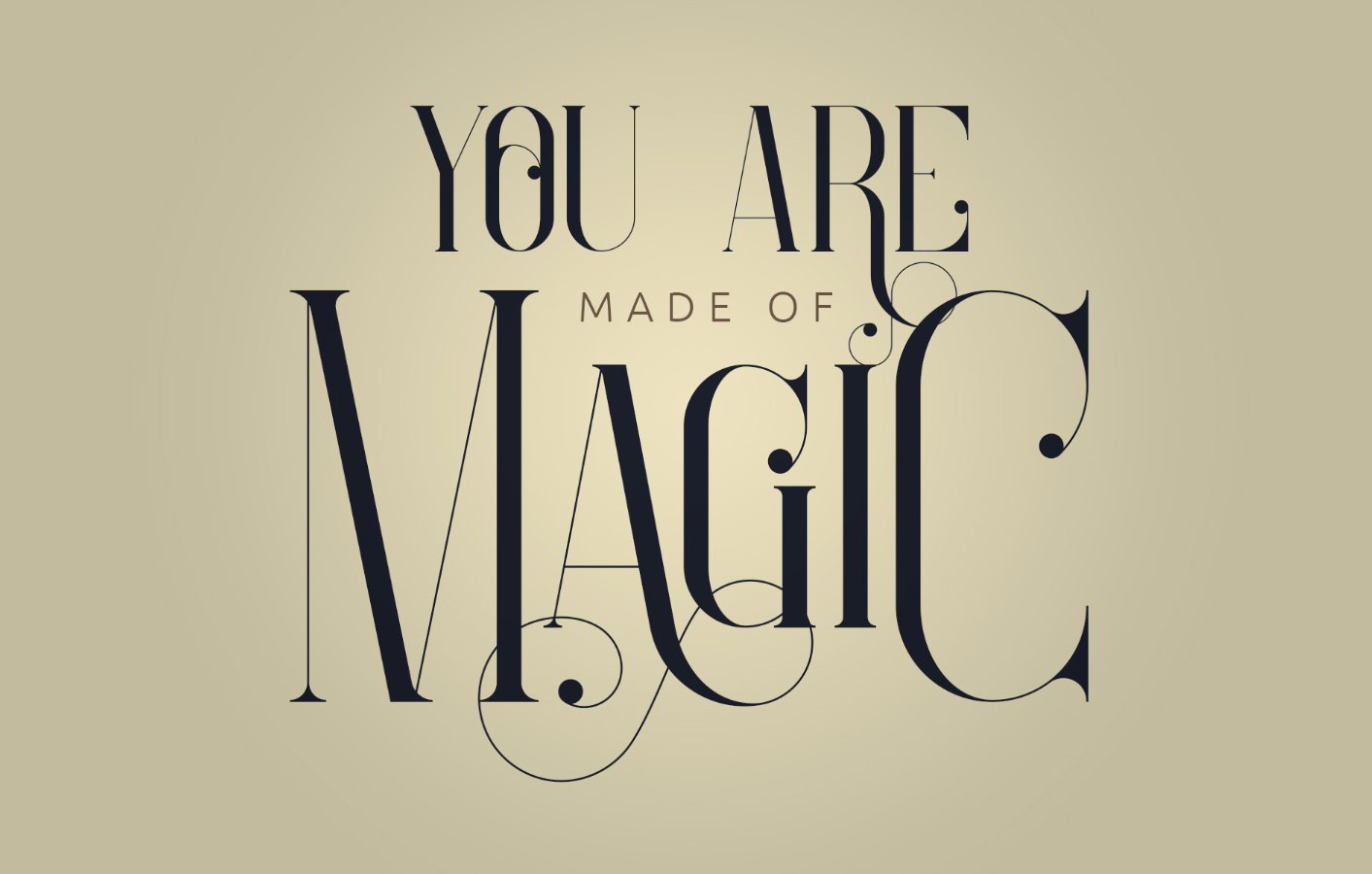
Be the first to comment